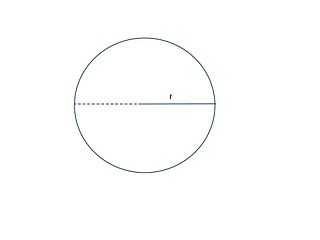Boundary Value Problems/Lesson 7
< Boundary Value Problems Rectangular Domain ( )
)

Disk Domain (Polar)

For a disk with a radius of "c", let the polar coordinates be  , and
, and 

 , boundary condition.
, boundary condition.
 continuity of potential.
continuity of potential.
 continuity of derivative.
continuity of derivative.
The solution as a product of two independent functions. By substitution into the above PDE we have:

Separate,


The constant may be greater than , equal to or less than zero.



Use the continuity conditions and try to determine something more about A, B and λ.
 thus
thus  and
and 


Either  or
or 
Before choosing, apply the second boundary condition:
The continuity of the derivative provides a second condition:
 thus
thus 



Either  or
or 
If either A or B are zero then  also must hold. So all we need is
also must hold. So all we need is  which implies
which implies  . Remember
. Remember 
Example of Potential equation on semi-annulus.
%%(php) <?php echo "Hello, World!"; ?> %%
Return to Main Page Boundary Value Problems

